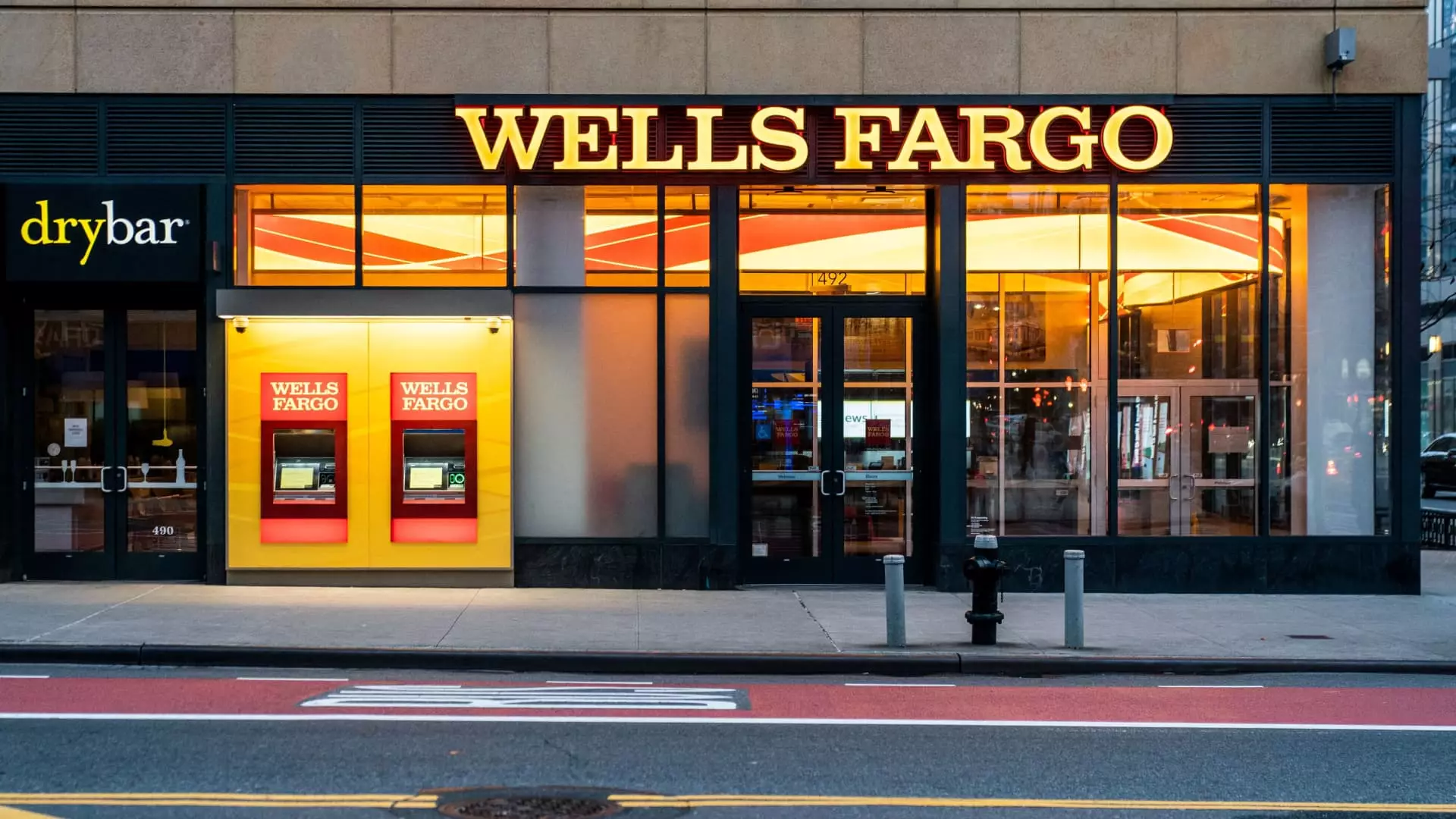The recent earnings report from Wells Fargo has stirred up a whirlwind of concern within financial circles. The bank’s shares tumbled by 1% after it revealed disheartening figures for the first quarter. Adjusted earnings per share came in at $1.33, slightly above the expectation of $1.24, yet the real shocker lay in the revenue, which amounted to $20.15 billion against an anticipated $20.75 billion. This discrepancy is not just a minor blip; it exposes the underlying challenges the bank faces. A 3% year-over-year decrease in revenue speaks volumes in an industry that thrives on consistent growth. This is not just a temporary setback; it signifies systematic issues that could have lasting effects.
Rising Concerns Over Net Interest Income
What really sets alarm bells ringing is the reported 6% decline in net interest income, which fell to $11.50 billion. This metric is crucial to understanding a bank’s profitability as it directly reflects how much it earns from loans in comparison to what it owes. A decrease in this area indicates that Wells Fargo may not be managing its lending operations as effectively as it once did. Moreover, this trend raises critical questions about the bank’s future strategies in an environment where interest rates are in flux, and competition is more fierce than ever.
Mixed Messages from Leadership
CEO Charlie Scharf’s comments further add to the mixed signals coming from Wells Fargo. He noted the uncertainties in the current economic landscape precipitated by the unpredictable trade policies introduced during the Trump administration. While it’s commendable for Scharf to acknowledge the administration’s push for fair trade, his call for a “timely resolution” reveals an underlying anxiety about the future. It’s pivotal for corporate leaders to exhibit confidence, yet Scharf’s warning of “continued volatility” and a potentially slower economic environment in 2025 conjures up images of a banking giant on shaky ground.
Stock Buybacks: A Double-Edged Sword
Wells Fargo’s decision to buy back 44.5 million shares worth $3.5 billion is yet another facet worth exploring. On one hand, such maneuvers often signal to investors that the bank believes its stock is undervalued and is planning for growth. On the other hand, this could be seen as a misallocation of capital, particularly in light of rising provisions for credit losses, amounting to $932 million. When a bank is prioritizing stock buybacks amid declining revenues, it raises ethical questions about whether it should be focusing on strengthening its balance sheet instead.
The Urgent Need for Strategic Overhaul
Wells Fargo finds itself at a critical juncture. The convergence of dwindling revenues, uncertain economic conditions, and unsettling leadership signals point to a need for a comprehensive reassessment of its strategies. Financial institutions must adapt to shifting market conditions, but the results from this quarter suggest that Wells Fargo is lagging behind its competitors. The question remains: will they seize the opportunity to innovate and recalibrate, or will they continue down a path fraught with risk? The banking sector demands agility and foresight, and without them, Wells Fargo risks becoming a cautionary tale rather than a leader.

